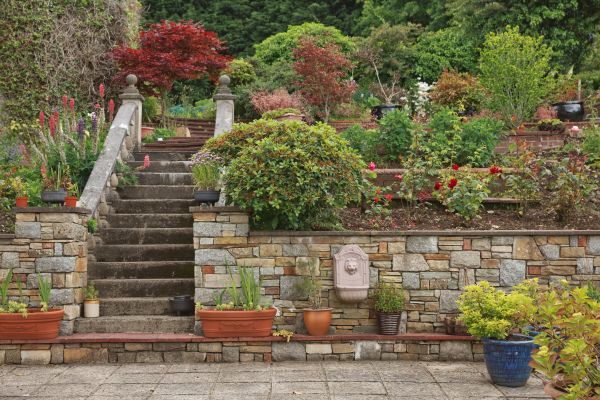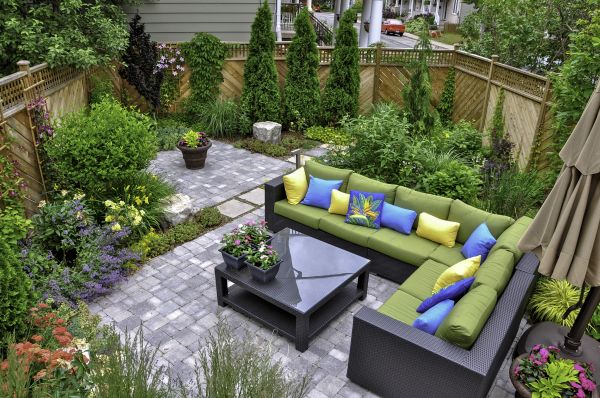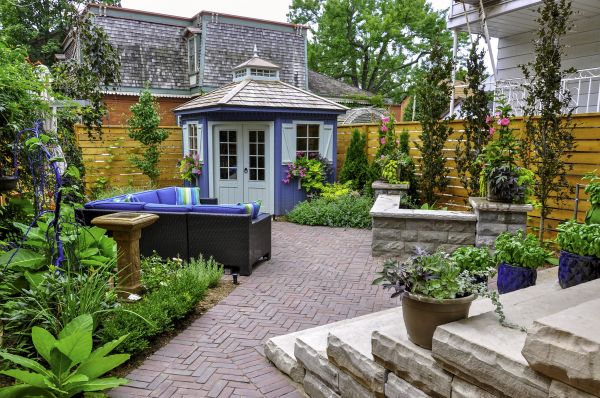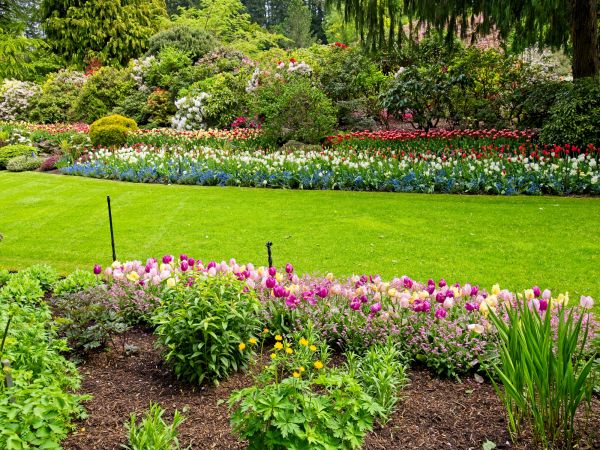Residential Hardscaping Service
Affordable Residential Hardscaping
Residential hardscaping refers to the non-living elements in a landscape design, such as patios, walkways, retaining walls, and other structures. These features play a crucial role in enhancing the aesthetic appeal and functionality of outdoor spaces. By integrating hardscaping into a residential landscape, homeowners can create a more cohesive and inviting environment that not only adds value to their property but also provides practical benefits such as improved drainage and erosion control. Hardscaping is an essential component of landscape design that balances the natural beauty of plants with the structural integrity and usability of outdoor areas.
Benefits of Residential Hardscaping
-
Enhanced Aesthetic Appeal
Hardscaping elements such as stone pathways, patios, and water features can significantly enhance the visual appeal of a home’s exterior. These elements serve as focal points and can be customized to match the architectural style of the home, creating a harmonious and visually pleasing environment. -
Increased Property Value
Investing in residential hardscaping can increase the overall value of a property. Well-designed hardscaping not only boosts curb appeal but also makes the home more attractive to potential buyers, offering a return on investment when it comes time to sell. -
Low Maintenance
Unlike lawns and gardens that require regular upkeep, hardscaping features are relatively low maintenance. Materials such as stone, concrete, and brick are durable and can withstand the elements, reducing the time and effort needed for maintenance. -
Improved Functionality
Hardscaping can enhance the functionality of outdoor spaces by providing areas for entertaining, dining, or relaxation. Features like outdoor kitchens, fire pits, and seating areas extend the living space of a home and allow for year-round enjoyment of the outdoors.
FAQs About Residential Hardscaping
What is the difference between hardscaping and landscaping?
Hardscaping refers to the non-living elements like stone, brick, and concrete structures, while landscaping encompasses the living elements such as plants, trees, and flowers.
Can hardscaping help with drainage issues?
Yes, hardscaping can be designed to improve drainage by redirecting water flow and preventing erosion, protecting both the landscape and the home’s foundation.
How long does hardscaping last?
The lifespan of hardscaping depends on the materials used and the quality of installation. Generally, well-constructed hardscaping can last several decades with minimal maintenance.
Is hardscaping environmentally friendly?
When designed thoughtfully, hardscaping can be environmentally friendly by reducing water usage, minimizing erosion, and using sustainable materials.
Ready to transform your outdoor space? Fill out the contact form to request professional Residential Hardscaping services. Enjoy the benefits of enhanced beauty, increased property value, and improved functionality with expertly designed hardscaping solutions.




